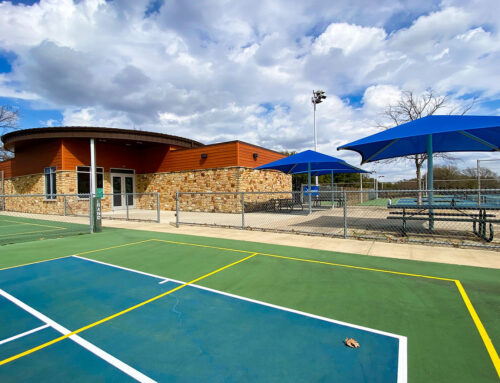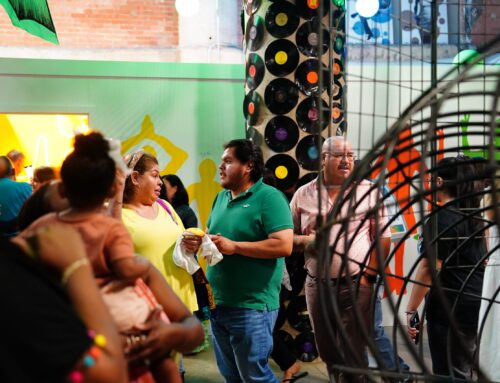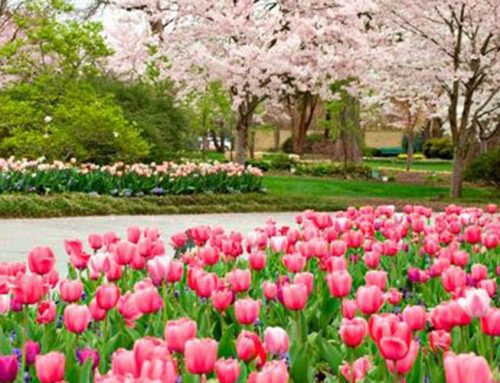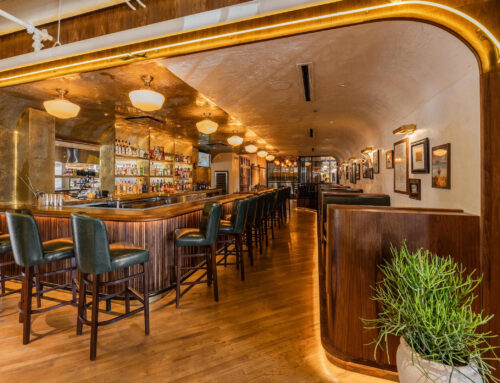We’ve had many discussions here about "why we can’t seem to save anything here in Dallas". For starters, we’re not alone in this problem. Even clearly historic cities like Philadelphia are far from immune. As if protecting indisputably historic structures isn’t hard enough, now comes the growing realization of the historic and cultural value of buildings built after World War II, more commonly known as Mid-Century Modern.
Perhaps Cold War Architecture is a more fitting term.
As it was so appropriately described in David Flick’s excellent piece in the News yesterday, many of us have a difficult time thinking that the buildings and homes that were sparkling new when we where kids now have value as historic buildings. Guess that makes me potentially historic, also. The real twist is the fact that these Cold War buildings represent a time of explosive growth in Dallas and a period when a great deal of the current character of our City was formed. This growth and the construction of these buildings is the reason that older, more traditional historic buildings are so few here. They had to tear them down to build the Midcentury buildings. Ah, the circle of life.
It’s a phenomenon that is as predictable as the August heat; every period of art, architecture and design goes through a stage somewhere after it’s peak where it looks tired and dated. A period where people wonder what they could have been thinking and how could anyone have ever thought that was beautiful. Count on it. Saturday, I was in the picturesque East Texas city of Palestine, admiring their many examples of late 19th and early 20th Century architecture and discussing the fact that probably half of their clearly beautiful downtown buildings remain covered by stucco, bad brick or even metal panels. It seems that they went through a time when these gorgeous, elaborate, ornate and ostentatiously expensive structures were just too ugly to look at and had to be "modernized". Value? They had no aesthetic value. At least not then. Now, we wonder what the applicators of the modernizations could have been thinking and the City has enacted a facade improvement grant program to help and encourage property owners to return their historic buildings back to their original appearance.
That’s where we’ve been with our Midcen….uh, Cold War buildings for the past couple of decades. That’s changing, but slowly. We really need it to change. When it comes to traditional 19th and early 20th Century historic buildings, cities west of the Mississippi have always been seen as the frontier, with little to show or preserve. However, when it comes to the Midcentury structures, Dallas can stand with any city. Oh, and look for Houston and Los Angeles to emerge as the modern equivalent to Boston, Philadelphia or Chicago. Yes, I said Houston.
So 2525 Turtle Creek may be the first shot fired in this new Preservation field, this new Cold War. Early morning, weekend demolitions are an old trick to circumvent efforts to save culturally and historically important buildings. If that’s how it’s going to go, then I propose an escalation, the equivalent of a navel blockade. Moratorium. At the next meeting where it can be placed on the agenda, City Council should consider enacting a temporary moratorium on demolition permits and require that all demolition applications be held for a short period, perhaps only a couple of weeks maximum, to allow the applications to be vetted for potentially important historic buildings, with the possibility of releasing them immediately for clearly non-historic structures and extending the hold for projects like 2525 Turtle Creek. Don’t make the historic designation process be the trigger, for too many reasons than can be discussed here. During the period of the temporary moratorium, buildings and neighborhoods needing additional consideration and protection can be more thoroughly identified and a better process can be put in place.
We’ve done something like this before. Time to do it again.





